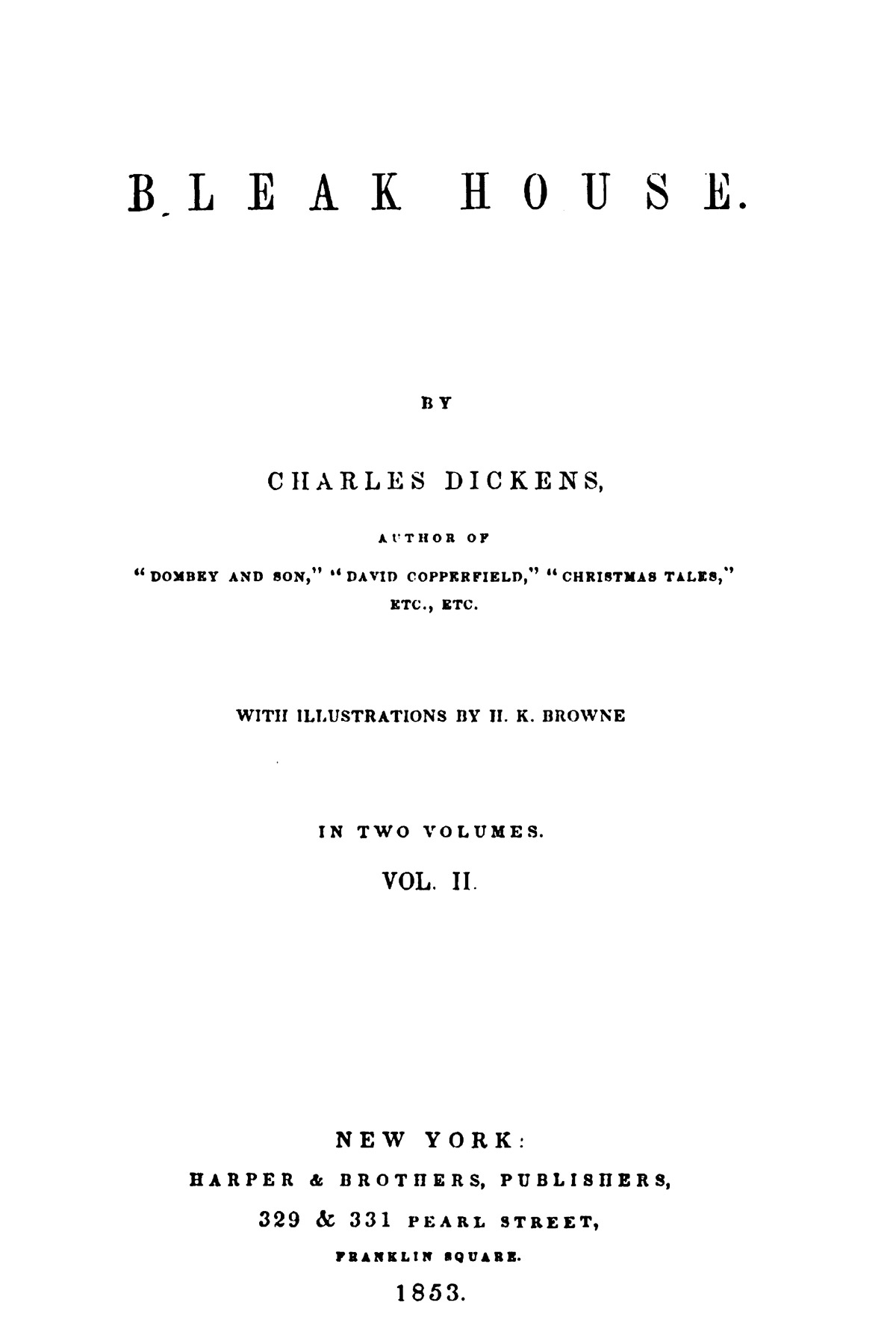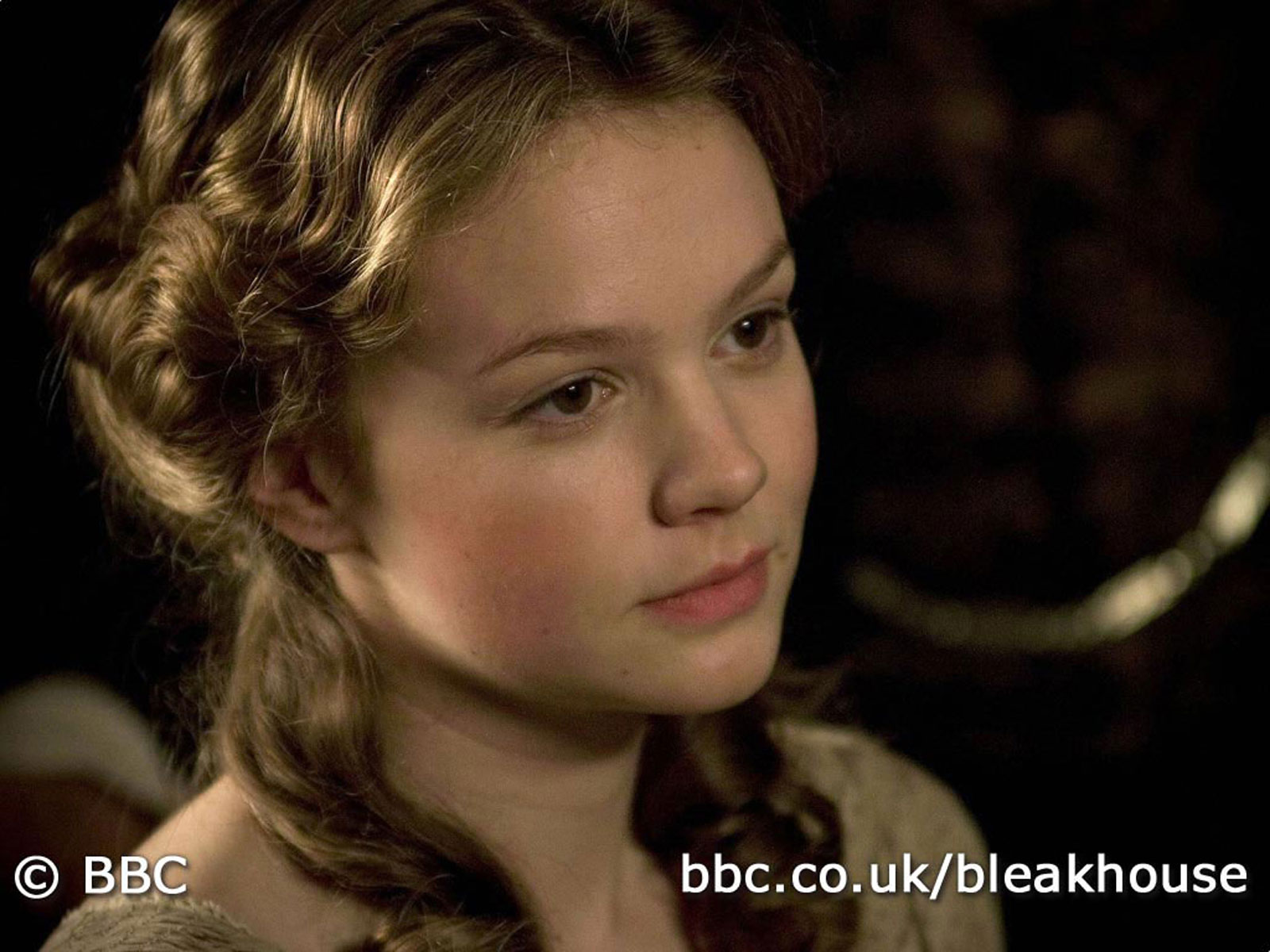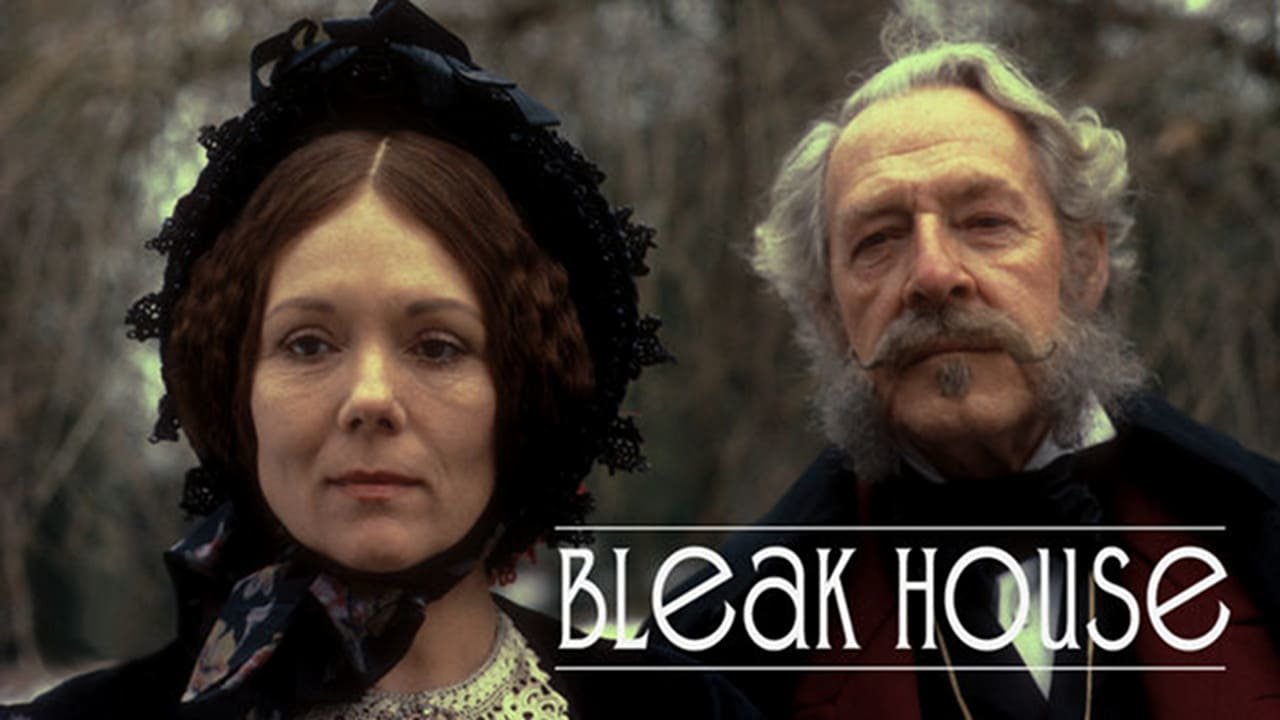
As Edmund Wilson observed, Dickens “anatomises society” in the novel, diagnosing the “injustice which breeds injustice” (630). His argument that “No one can estimate the amount of mischief which is grown in dirt” has its parallel in the description of “the street mud, which is made of nobody knows what, and collects about us nobody knows whence” in the novel (150). Dickens was a passionate advocate of improving sanitary conditions in England, delivering a speech to the Metropolitan Sanitary Association in 1861. Between 18, a series of reports on poor sanitary conditions in towns were released. Dickens’s depiction of the filth of Tom-all-Alone’s has both a political and symbolic dimension.


The lawyer, Vholes, typifies the vampiric energies of the law, reflected in the simile of him observing his client, Richard Carstone, as if “he was making a lingering meal of him with his.professional appetite” (624). Consumption accrues a double meaning in the novel, both in terms of the avariciousness of the law, and in terms of the physical and moral decline which inevitably results from contact with it. The dilapidation of Tom-all-Alone’s suggests that the foundations of society are also crumbling and threatening to spontaneously combust. The corruption of Chancery finds its analogue and result in Tom-all-Alone’s, aptly named after the first suitor in the case of Jarndyce and Jarndyce. Whilst Esther’s past tense narrative seems to establish a comfortable distance between the reader and the suffering within the novel, the shift to present tense in the third person narrative reminds us that street urchins like Jo remain unacknowledged, yet “dying thus around us every day” (734). Leavis observed, Dickens is concerned not only with a stagnating legal process, but with how “the laws of human nature”, distort human relationships. Chancery becomes a microcosm for the iniquities being propagated at an institutional level and repeated by individuals. The metaphor of Chancery having its “decaying houses and its blighted lands in every shire” (15) demonstrates how the corruption and inefficiency working at an institutional level is propagated at every other level of society. Dickens destabilises the Victorian dichotomy between the public and private through the double narrative, as moral corruption transcends class divisions in the novel and spreads from the lowest to the highest levels of society.

The Court of Chancery acts as a centripetal force, drawing characters inexorably into its interminable legal process.


 0 kommentar(er)
0 kommentar(er)
